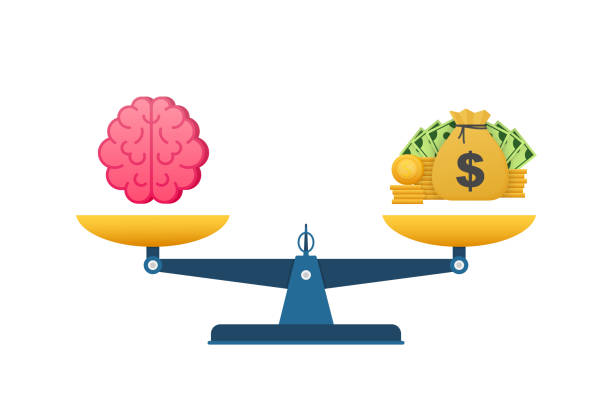
Unlocking the Power of Price Psychology in Digital Marketing
Pricing in marketing is a strategic tool. The way prices are presented can significantly influence consumer behavior, driving conversions and sales. Known as price psychology, this practice leverages cognitive biases to shape perceptions of value and urgency, nudging customers toward making a purchase.
In this comprehensive guide, we’ll explore why price psychology is vital in digital marketing, actionable strategies to implement it effectively, and real-world examples of its impact. Whether you’re selling products, services, or subscriptions, understanding price psychology can be a game-changer for your business success.
Why is Price Psychology Important in Digital Marketing?
Price psychology plays a critical role in influencing purchasing decisions because it taps into human psychology. Consumers don’t just respond to price tags logically—they react emotionally. By understanding these emotional responses, businesses can present prices in ways that:
- Drive Sales: Techniques like charm pricing make products appear more affordable, encouraging purchases.
- Build Perceived Value: Premium pricing reinforces the idea of exclusivity and quality.
- Create Urgency: Scarcity and time-sensitive offers push customers to act quickly.
- Encourage Higher Spending: Strategies like bundling and free shipping thresholds entice customers to add more to their carts.
In the competitive world of digital marketing, where countless options are available at consumers’ fingertips, employing price psychology can give your brand a distinct edge.
The Psychological Foundations of Pricing
1. Anchoring Effect
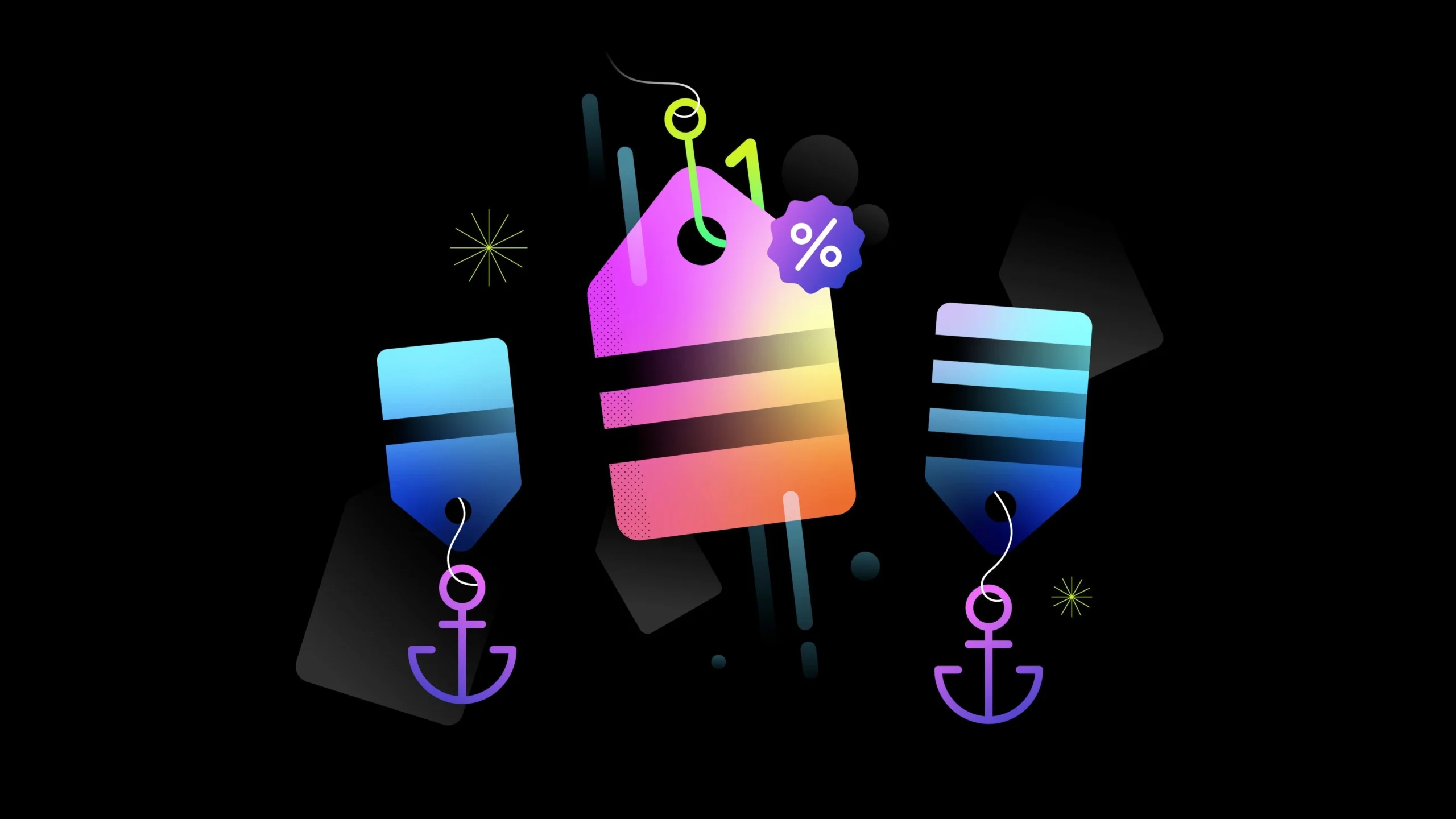
The anchoring effect is a cognitive bias where consumers rely on the first piece of information they see—often a price—as a reference point. Showing a higher “original price” alongside a discounted price makes the deal seem more appealing.
- Example: A designer jacket listed as “$150 (original price: $300)” feels like a bargain due to the comparison with the higher price.
2. Perceived Value

Higher prices often signal better quality to consumers, making them willing to pay more for products or services perceived as premium.
- Example: Brands like Rolex rarely discount their watches, reinforcing the perception of superior craftsmanship and exclusivity.
3. Scarcity and Urgency
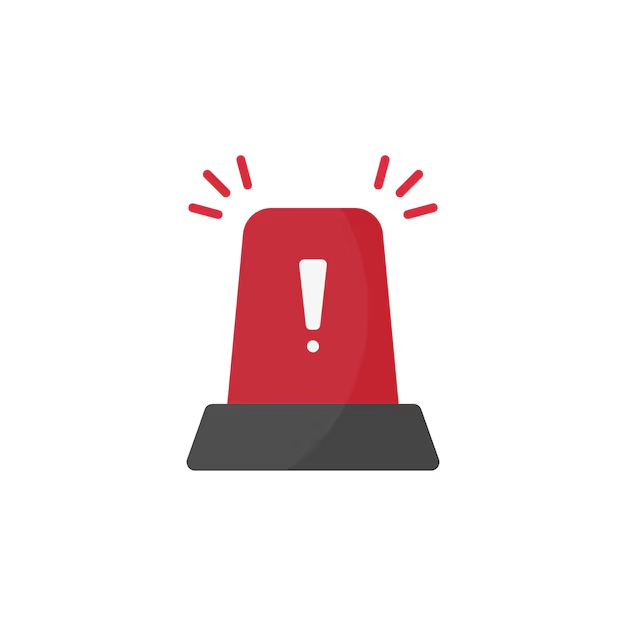
Creating a sense of scarcity or urgency taps into the fear of missing out (FOMO), compelling consumers to act quickly.
- Example: Statements like “Only 2 left in stock!” or countdown timers on flash sales increase the likelihood of immediate purchases.
4. Decoy Pricing
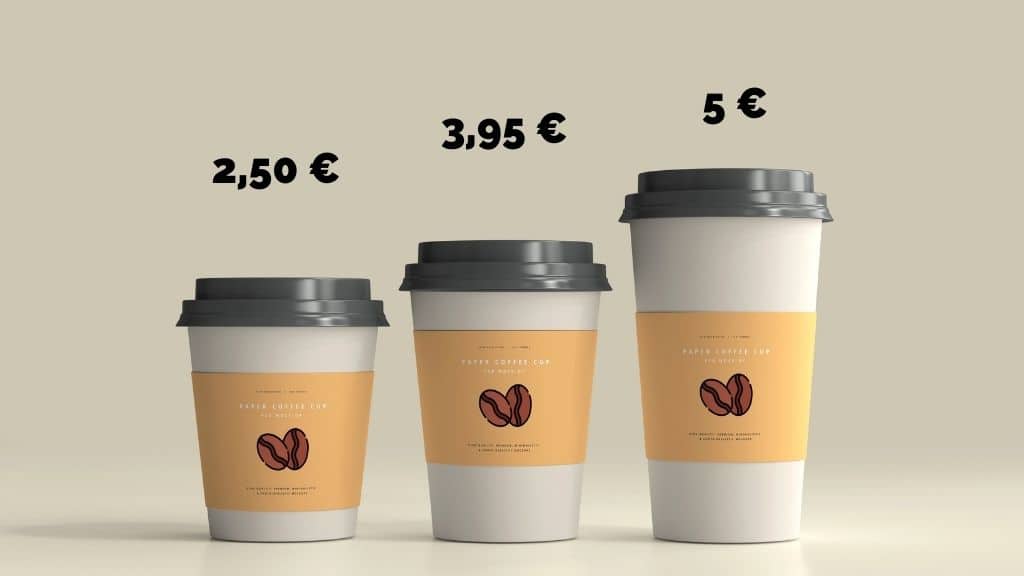
Decoy pricing involves offering an additional option to make one of the other choices seem like the best deal.
- Example: A subscription service offers three plans: Basic ($10/month), Standard ($20/month), and Premium ($21/month). The small difference between Standard and Premium makes Premium appear to offer better value.
5. Charm Pricing
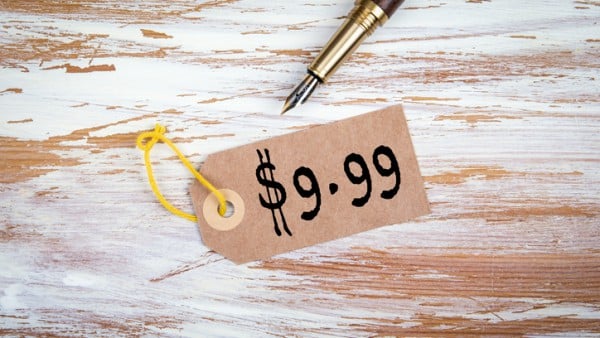
Prices ending in .99 or .95 are perceived as significantly lower than rounded numbers due to the left-digit effect.
- Example: A product priced at $49.99 feels cheaper than one priced at $50, even though the actual difference is negligible.
Strategies to Use Price Psychology in Digital Marketing
1. Dynamic Pricing
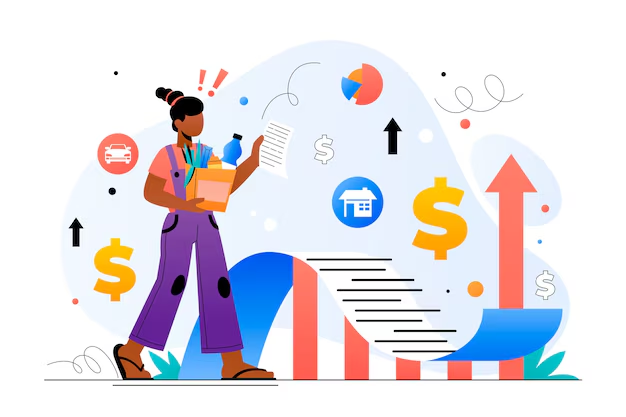
Dynamic pricing adjusts prices in real-time based on demand, competition, or consumer behavior.
- Example: Airlines and eCommerce platforms like Amazon use dynamic pricing to maximize revenue.
- Digital Marketing Tip: Use dynamic pricing during flash sales or seasonal promotions to capture interest and boost sales.
2. Bundling

Offering multiple products or services together at a discounted price increases perceived value and encourages customers to spend more.
- Example: “Buy 2, Get 1 Free” creates an incentive for customers to buy more.
- Digital Marketing Tip: Highlight bundled deals prominently on product pages and in promotional emails.
3. Tiered Pricing

Providing multiple pricing tiers caters to diverse customer segments while steering them toward the most profitable option.
- Example: Streaming platforms like Spotify and Netflix offer Basic, Standard, and Premium plans, with the middle tier often positioned as the best value.
- Digital Marketing Tip: Emphasize the benefits of the preferred tier through visual cues like badges or larger fonts.
4. Free Shipping Thresholds
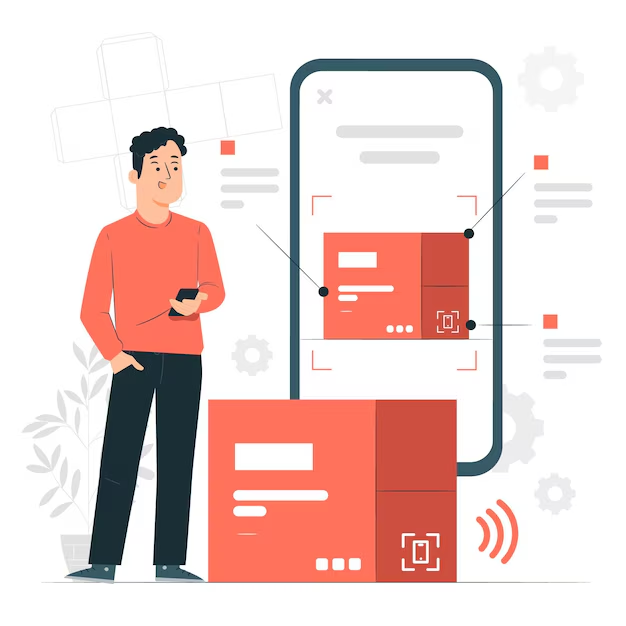
Setting a minimum spend for free shipping motivates customers to add more items to their cart.
- Example: “Free shipping on orders over $50” encourages customers with $45 worth of products to spend an extra $5.
- Digital Marketing Tip: Use dynamic messaging at checkout to show how much more a customer needs to qualify for free shipping.
5. Pesonalized Pricing
Personalized pricing or discounts tailored to user behavior or demographics can enhance customer loyalty and conversions.
- Example: Offering a 10% discount to first-time visitors creates a welcoming impression.
- Digital Marketing Tip: Use retargeting ads to offer exclusive discounts to users who abandoned their carts.
Real-World Examples of Price Psychology in Action
1. Amazon’s Pricing Mastery
Amazon employs dynamic pricing, scarcity tactics, and charm pricing to drive conversions. “Only X left in stock!” alerts or “Today’s Deals” create urgency and attract buyers.
2. Apple’s Premium Strategy
Apple maintains high prices for its products, creating a perception of exclusivity. Rarely offering discounts reinforces its brand as a luxury and aspirational choice.
3. Starbucks’ Decoy Pricing
Starbucks often uses decoy pricing with its drink sizes, where a small price difference between two sizes makes the larger size appear as the best value.
Measuring the Effectiveness of Pricing Strategies
To optimize your approach, track key performance indicators (KPIs):
- Conversion Rates: Monitor how pricing influences purchase decisions.
- Average Order Value (AOV): Measure the impact of bundling and free shipping thresholds.
- Customer Lifetime Value (CLV): Analyze how pricing affects repeat purchases and loyalty.
Tools to Use:
- Google Analytics: Track conversions and revenue.
- A/B Testing Tools: Platforms like Optimizely or VWO can help compare pricing models.
- Heatmaps: Tools like Hotjar reveal how users interact with pricing on your website.
The Future of Price Psychology in Digital Marketing
As technology advances, AI-driven pricing models will enable hyper-personalization, offering real-time prices tailored to individual consumers. Businesses will also need to balance psychological tactics with transparency and ethical considerations to maintain customer trust.
Conclusion
Price psychology is an indispensable tool in digital marketing, blending the art of persuasion with the science of behavior. From anchoring and charm pricing to bundling and personalized offers, these strategies can help businesses increase sales, enhance perceived value, and foster long-term loyalty.
Success lies in testing and refining these tactics to ensure they resonate with your target audience and align with your brand’s values. By mastering price psychology, you can create an engaging shopping experience that drives results and positions your business as a market leader.




